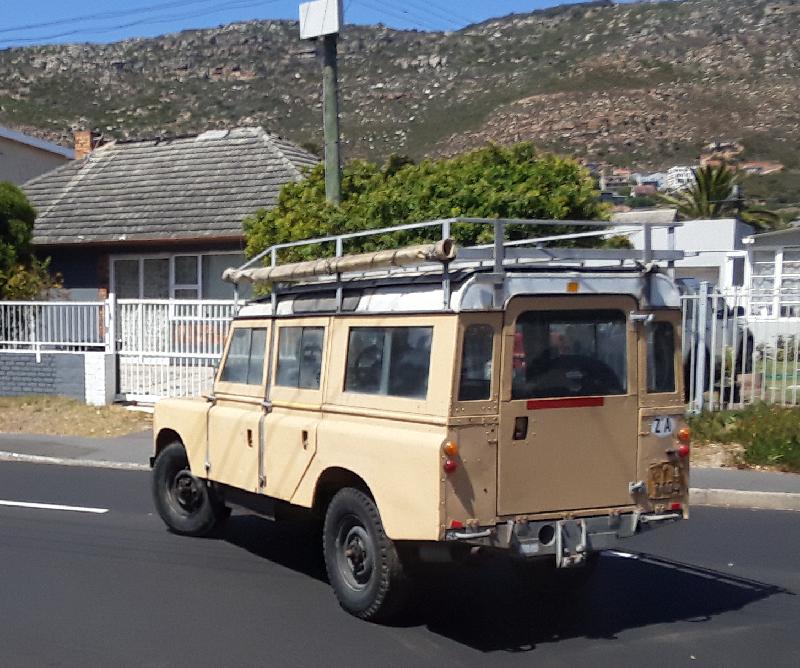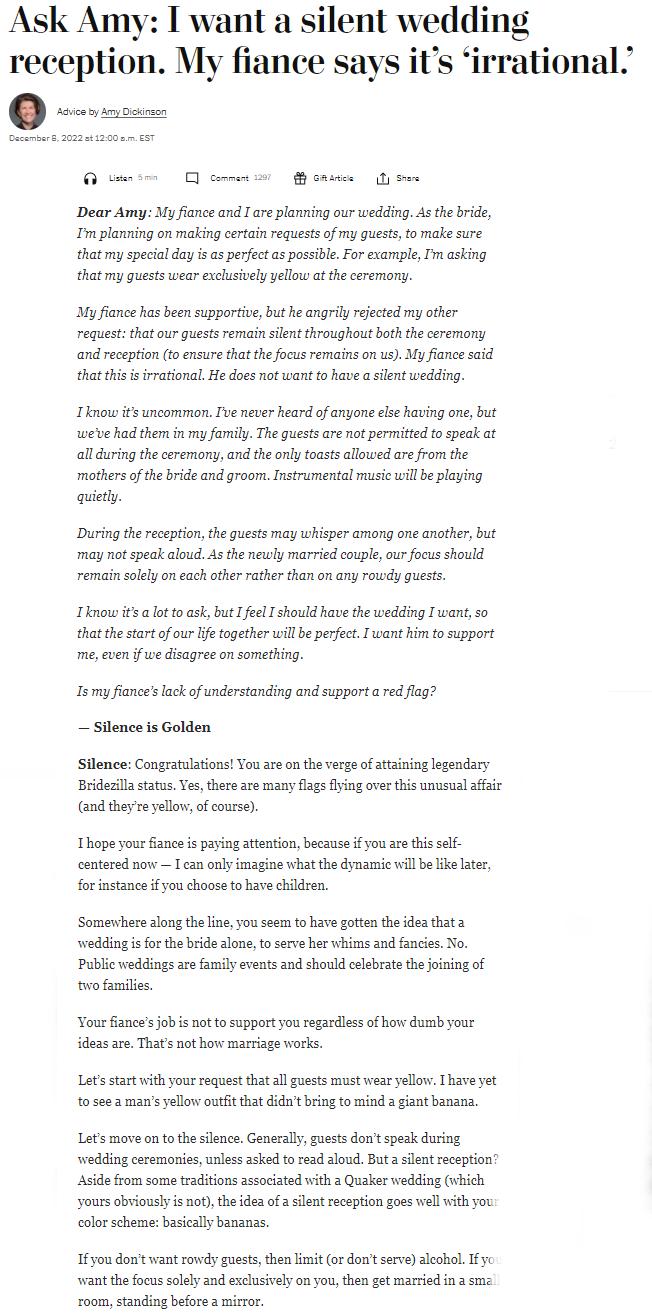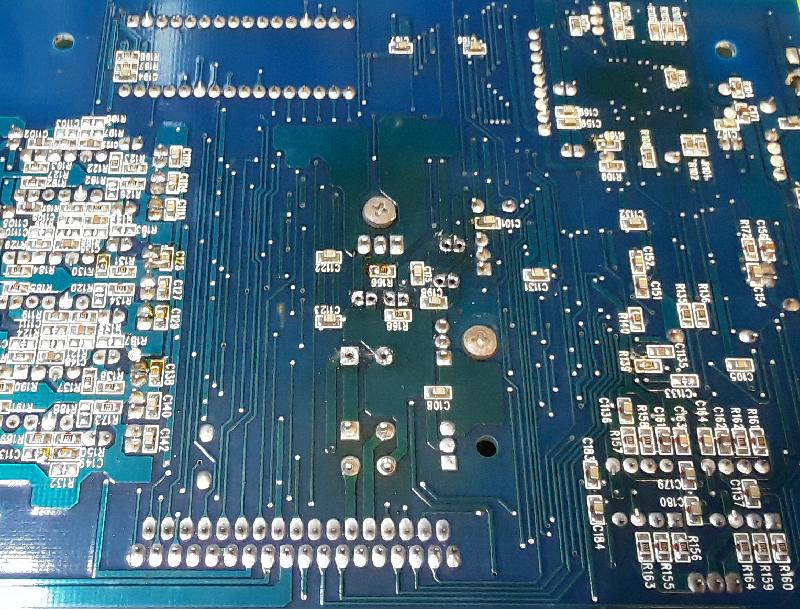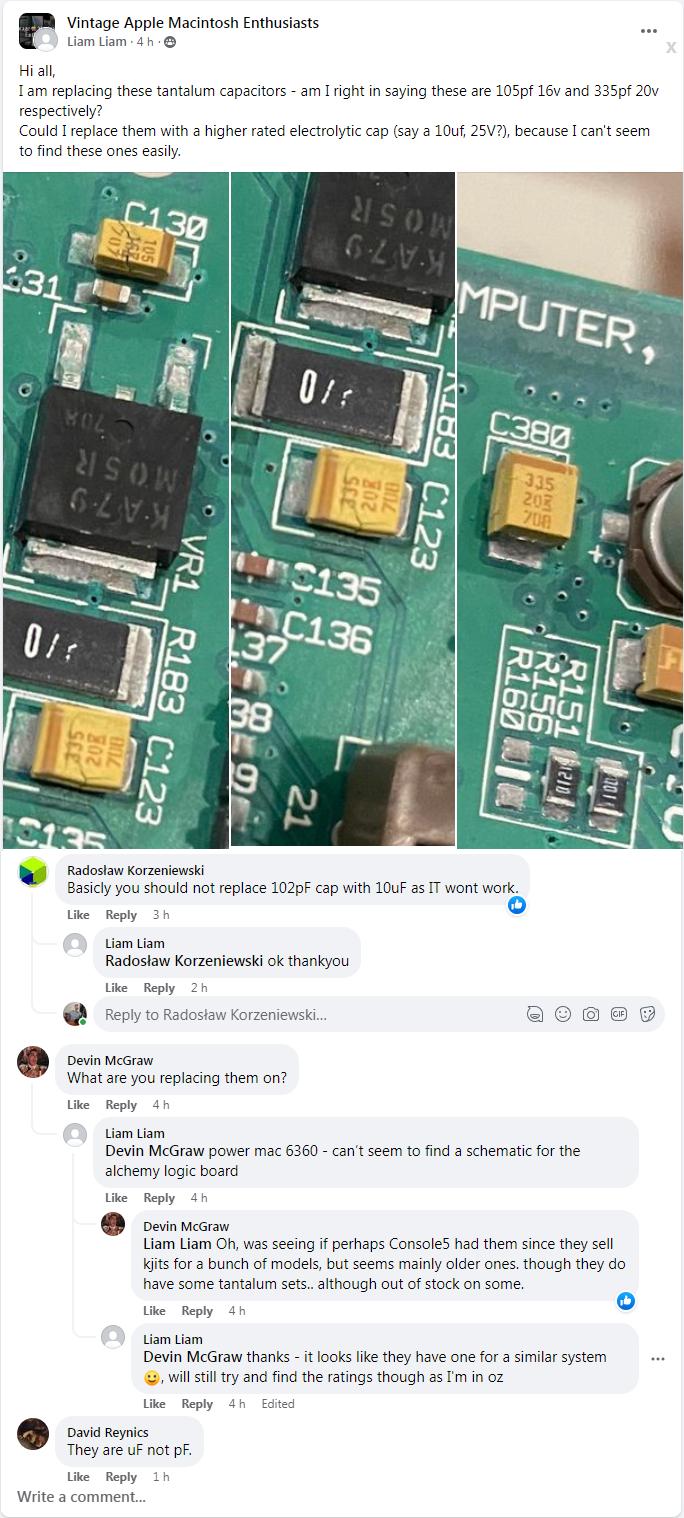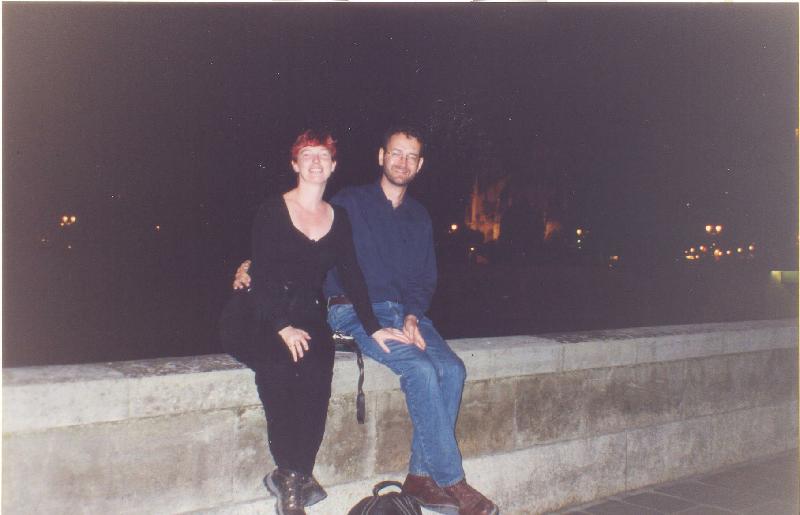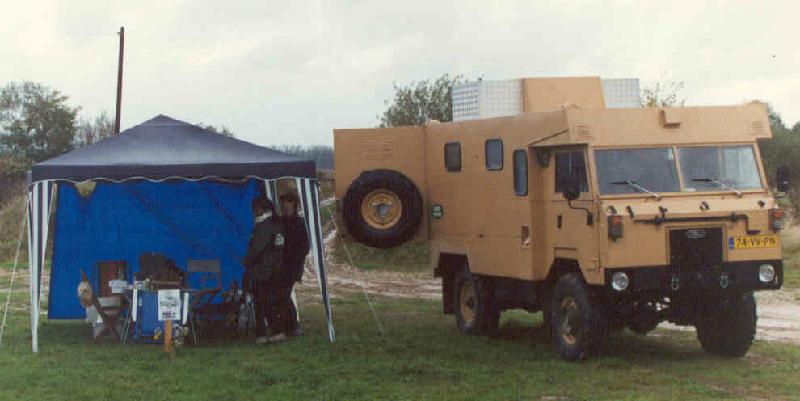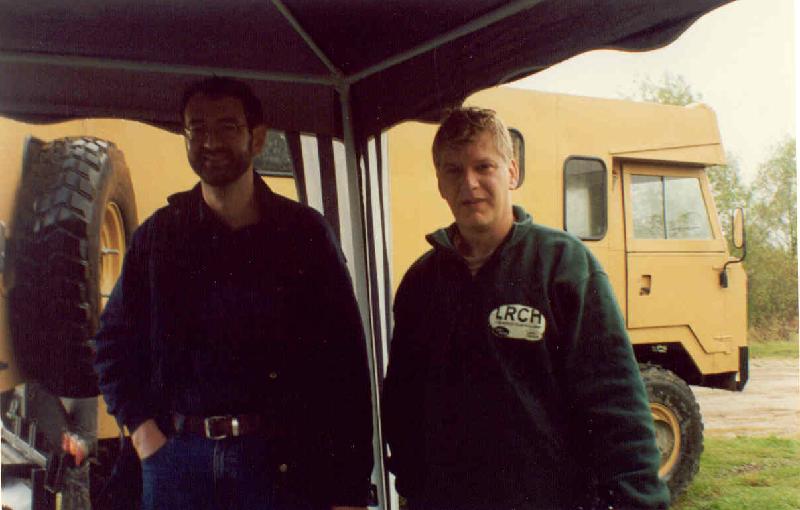There’s a kid around the corner who is building a Z-80 computer on veroboard.
This is not his story.
But in helping him I realised he needed a logic probe. This is that story.
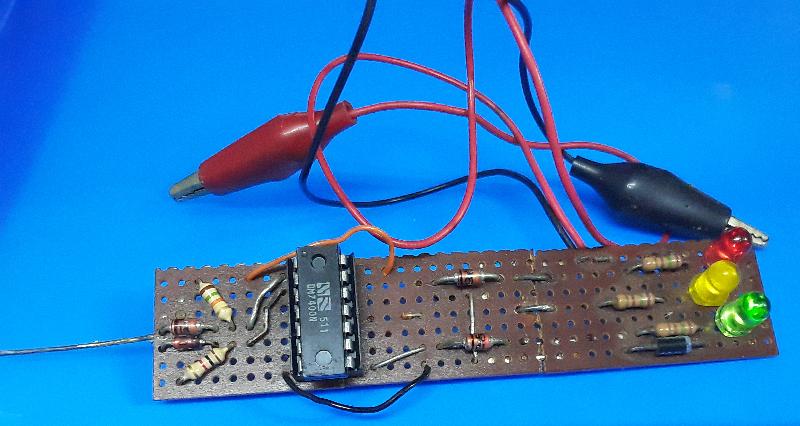
I built this logic probe a … long … time … ago. Late seventies, I think. You can see where I cut it down the middle to fit in a pill bottle, but I straightened it again later.
And I could lay my hands on it when I needed to, a week ago. Yea, I don’t throw stuff away. Especially not useful stuff, and a logic probe counts as useful. I had to replace the 7400 which is now in a socket, back when I built it a socket would have been a luxury.
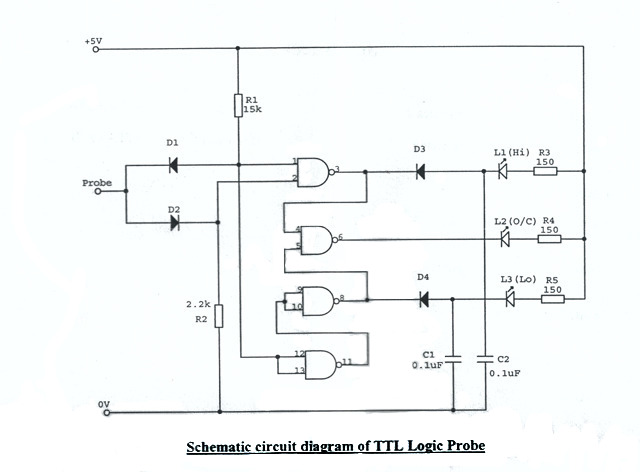
Above schematic from stackexchance. I have no idea where I got the original schematic from, but this is it, except that my Edit (2024): Well, turns out I keep good records when I remember where to find them, I got the original schematic from Practical Electronics, March 1983, it was submitted by G. Coleman from Rochester in Kent, with R2 = 1k and C1 and C2 = 1u in his schematic, same as my build.
And when we built one for Z-80 boy the other day, we found that R2 should indeed be 1k, because otherwise it doesn’t work right.
I also added a diode for reverse-voltage protection which is not a bad idea.
There are of course many other, better designs out there (electronicsforu.com, elechelp.com, circuitfee…), including one in Everyday Electronics of September 1980*. But this one is simple and it works.
* I “subscribed” (in that my parents would give me the money every month and I would walk down to the CNA on Voortrekker Road and buy a copy, which they reserved for me) to Everyday Electronics from September 1978, or at least, that’s the earliest cover I remember.
